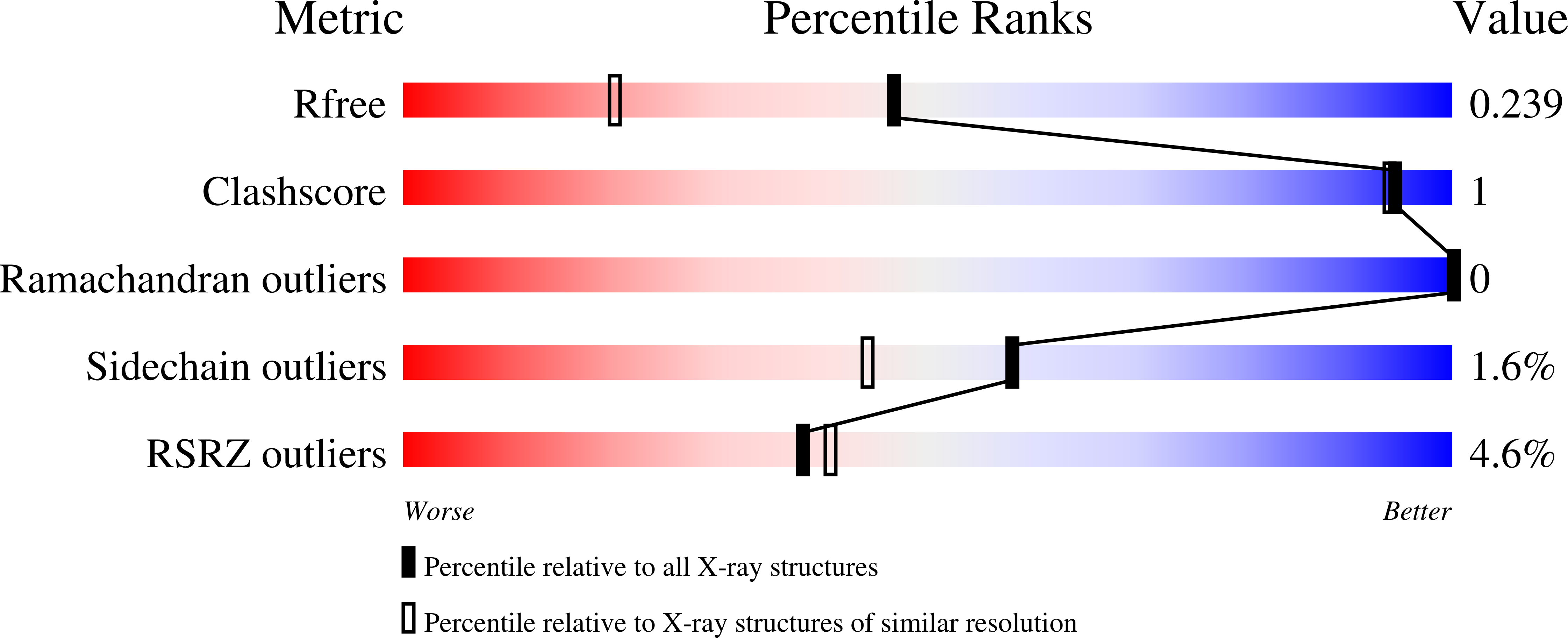
Deposition Date
2024-06-17
Release Date
2025-01-01
Last Version Date
2025-01-22
Entry Detail
PDB ID:
9FQO
Keywords:
Title:
Crystal structure of C0083 Fab targeting the oxidized macrophage migration inhibitory factor (oxMIF)
Biological Source:
Source Organism:
Homo sapiens (Taxon ID: 9606)
Host Organism:
Method Details:
Experimental Method:
Resolution:
1.70 Å
R-Value Free:
0.23
R-Value Work:
0.21
R-Value Observed:
0.21
Space Group:
P 1 21 1


